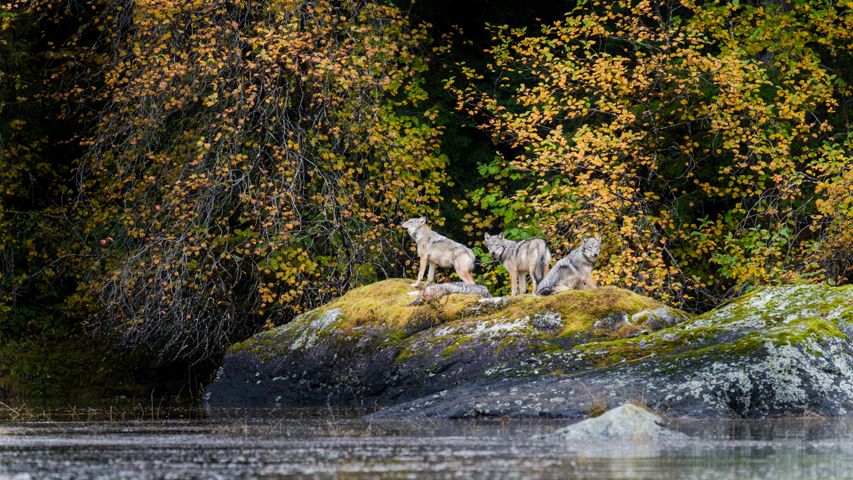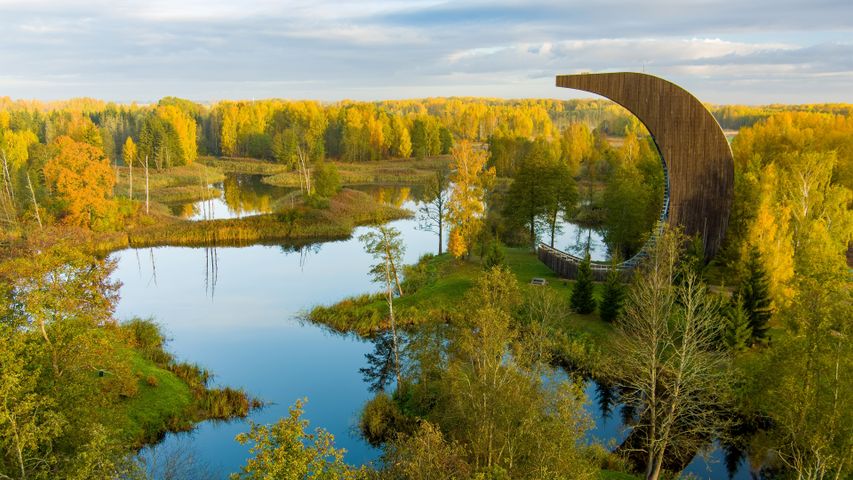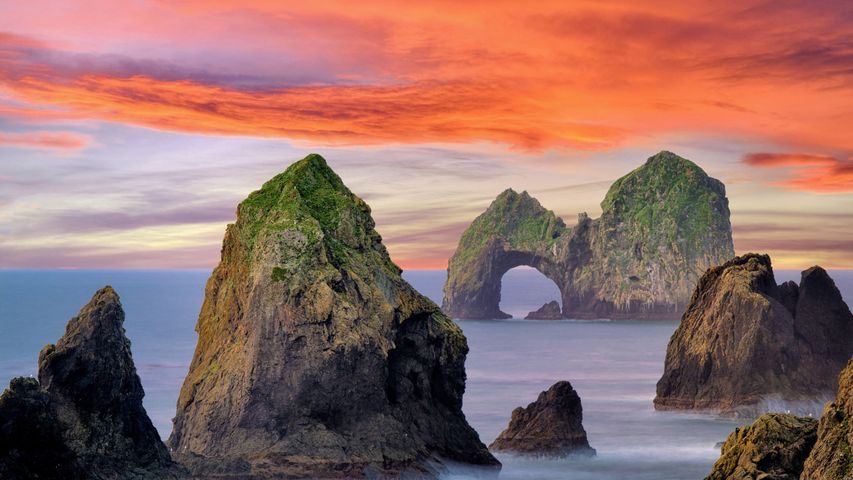Bison in Grand Teton National Park, Wyoming, United States
© Brian Evans/Getty Image
National Bison Day, USA
If ever there was an animal that deserved some recognition, it's the bison. Since 2012, National Bison Day has been observed in the United States on the first Saturday of November to acknowledge the animal's cultural, historical, and economic significance—as well as its remarkable comeback. Bison were once plentiful in North America. Tens of millions strong in the 1800s, they roamed in great herds, helping to diversify and maintain the prairie habitat. They've also played several important roles in Native American cultures. Indigenous peoples have used every part of the bison for food, utensils, and clothing—and they pay tribute to the giant beasts in religious rituals.
Settlement of the American West caused habitat loss for the bison and that, combined with overhunting, nearly wiped out the species altogether—until ranchers, conservationists, and politicians teamed up to save them. In 1913, 14 bison from the Bronx Zoo were shipped to a wildlife refuge to revive the population. Fast forward to today, and more than 20,000 bison roam on public lands in the United States. The Indian bison Gaur is considered vulnerable, again due to loss of habitat.
Related Images
Bing Today Images
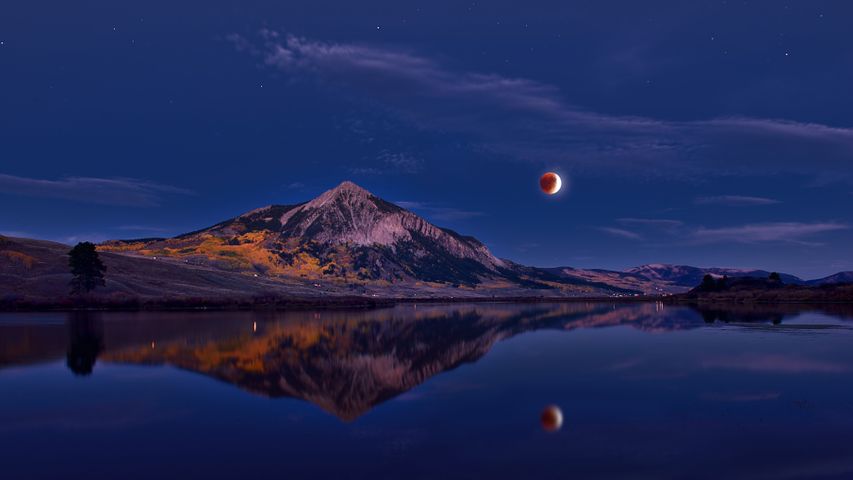
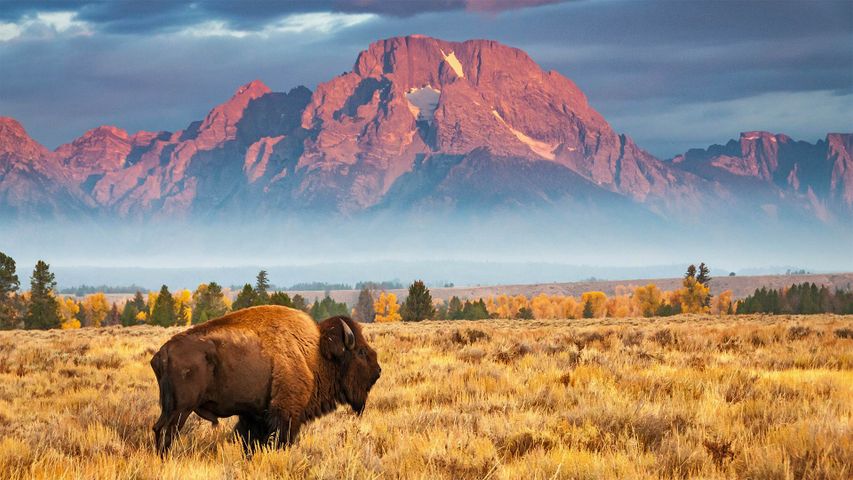
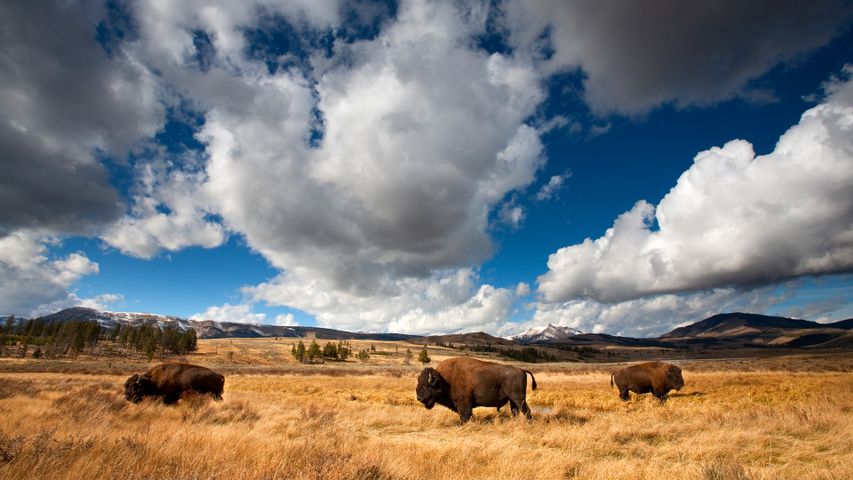 American bison in Yellowstone National Park, Wyoming, USA
American bison in Yellowstone National Park, Wyoming, USA
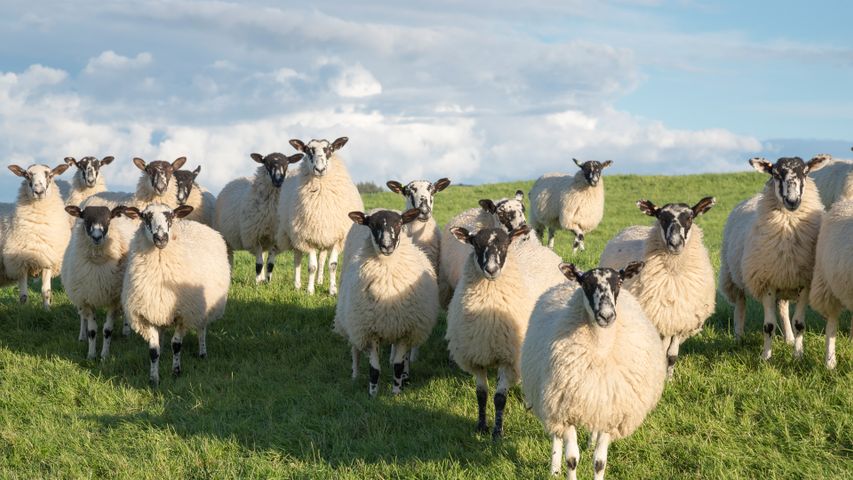 Flock of Swaledale sheep in North Yorkshire, England
Flock of Swaledale sheep in North Yorkshire, England
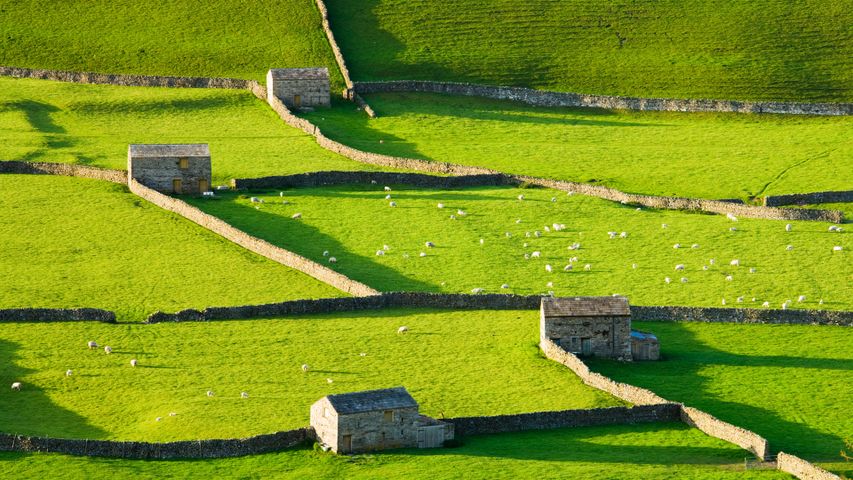 Gunnerside, Swaledale, Yorkshire Dales National Park, England
Gunnerside, Swaledale, Yorkshire Dales National Park, England
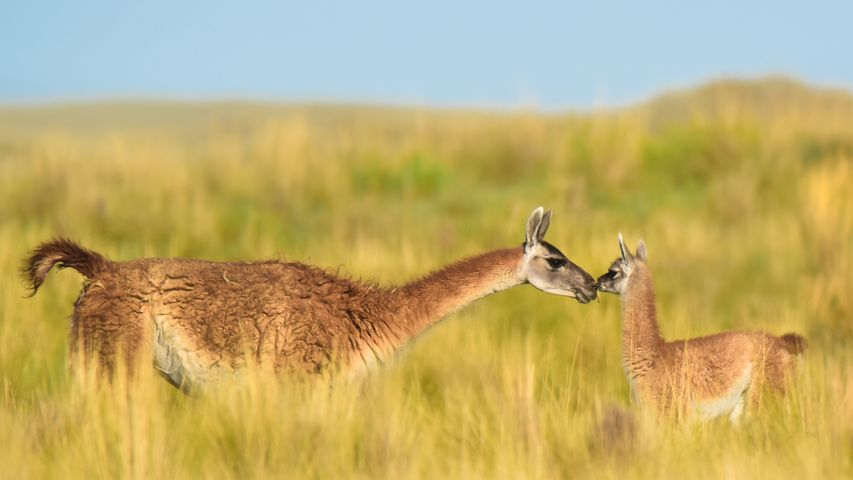 Guanaco female and newborn baby in grassland, La Pampa Province, Argentina
Guanaco female and newborn baby in grassland, La Pampa Province, Argentina
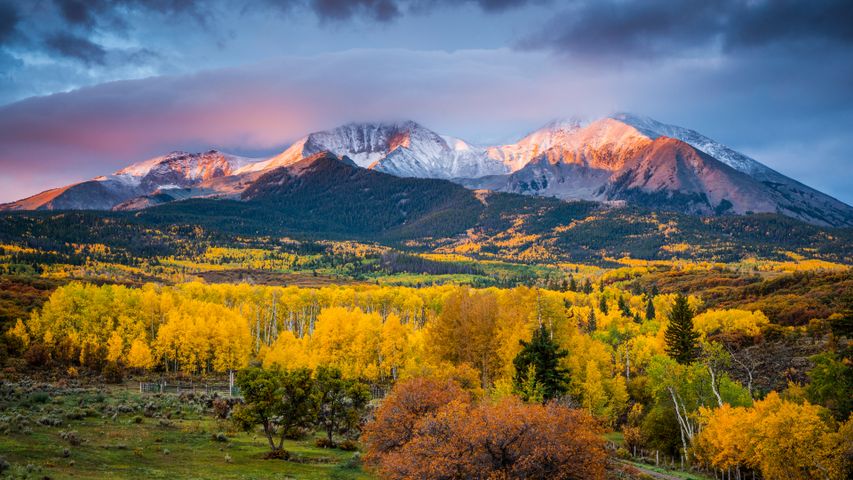 Mount Sopris, Colorado
Mount Sopris, Colorado
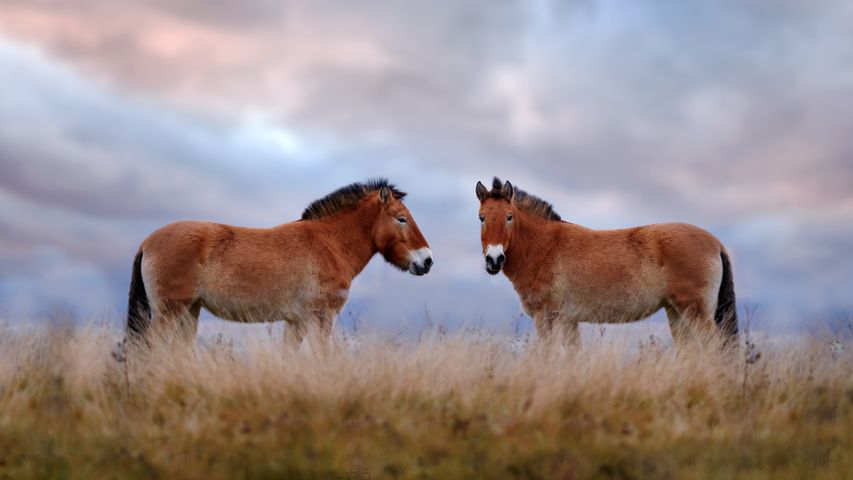 Przewalski's horses, Hustai National Park, Mongolia
Przewalski's horses, Hustai National Park, Mongolia
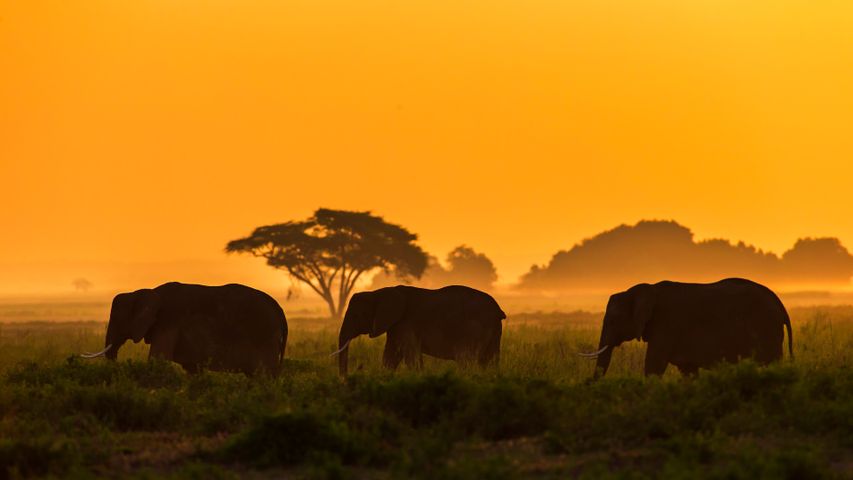 Elephant family in Amboseli National Park, Kenya
Elephant family in Amboseli National Park, Kenya
 Kagami-ike (Mirror Pond), Nagano, Japan
Kagami-ike (Mirror Pond), Nagano, Japan
